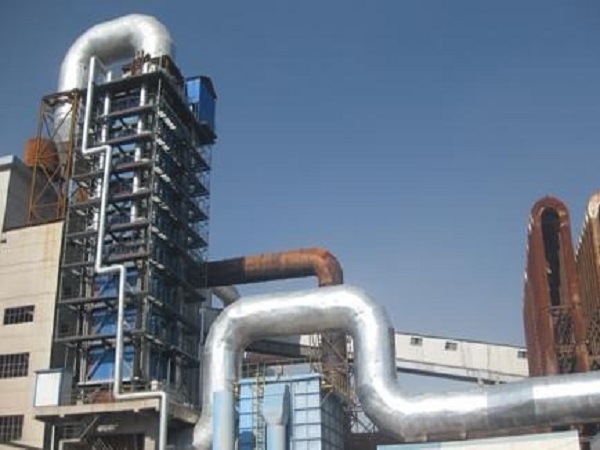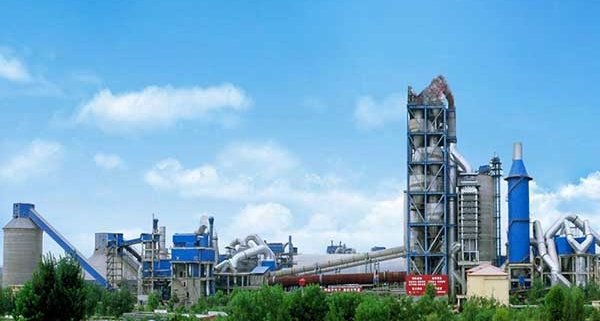
Recovery of waste heat
Waste heat resource refers to the part of energy that is likely to be recovered and reused but not yet recovered under the current conditions. It is considered to be the fifth largest conventional energy after coal, oil, natural gas and water power. These waste heat resources can be used for power generation, driving machinery, heating or refrigeration, so as to reduce the consumption of primary energy and reduce the thermal pollution of the environment.
China’s huge energy consumption has produced a large number of waste heat resources, but the data show that about 50% of industrial energy consumption has not been utilized, and the average recovery utilization rate of waste heat resources is only about 30%. That is to say, in 2018, the total amount of recycled resources is 236 million tons of standard coal, the highest is 929 million tons of standard coal, with an average of 554 million tons of standard coal.
Generally speaking, the recoverable waste heat resources are about 60% of the total waste heat resources, while the average recovery utilization rate of waste heat resources in developed countries is also 40% – 60%. Assuming that in the future, with the encouragement and support of national policies for waste heat recovery and the continuous improvement of waste heat recovery technology and efficiency, the utilization rate of waste heat recovery in China will reach 60%, and the recoverable waste heat resources will reach 471-1857 million tons of standard coal, with an average of 1.109 billion tons of standard coal, which has great potential for energy saving.
High temperature flue gas waste heat and cooling medium waste heat are the main sources of waste heat utilization, accounting for up to 70%.
The sources of waste heat resources can be divided into six types: high temperature flue gas waste heat, cooling medium waste heat, waste gas waste water waste heat, high temperature products and slag waste heat, chemical reaction waste heat, combustible waste gas waste liquid waste heat and waste material waste heat. Among them, high-temperature flue gas waste heat is large in quantity and widely distributed, such as metallurgy, chemical industry, building materials, machinery, power and other industries in various smelting furnaces, heating furnaces, internal combustion engines, and easy to recover, so high-temperature flue gas waste heat accounts for about 50% of the total waste heat resources.
Secondly, cooling medium waste heat accounts for about 20% of the total waste heat resources, mainly because industrial production needs a large number of cooling medium to protect thermal insulation equipment. However, because the temperature of the cooling medium is generally low, and most of them are water, air and oil, it is very difficult to recover the waste heat of the cooling medium.
In addition, waste water and waste gas waste heat account for about 11% of the total waste heat resources, and the former types of waste heat are less than 10%.
As early as 2010, China surpassed the United States to become the world’s largest energy consumer, with primary energy consumption reaching 3.606 billion tons of standard coal. After 2010, although energy consumption slowed down, it showed an overall growth trend, reaching 4.62billion tons of standard coal in 2018. Huge energy consumption produces a large amount of waste heat resources. According to the total waste heat resources accounting for 17% – 67% of the total fuel consumption, the total waste heat resources in 2018 reached 785 – 3095 million tons of standard coal. However, at present, domestic waste heat recovery and utilization accounts for only about 30% of the total waste heat resources. It is expected that in the future, the domestic waste heat recovery and utilization will reach 60% in the developed countries and the prospects for recovery and utilization are very promising.
Luoyang Building Material Architectural Design Research Institute (LCDRI) is a state-level high-tech enterprise specializing in industrial equipment research and development. It specializes in researching waste heat power generation technology of cement plants, actively responding to the national energy-saving and emission reduction policies, creating energy-saving and environmental-friendly enterprises, and reducing production costs through waste heat recovery and utilization, so as to improve the efficiency of enterprises.



